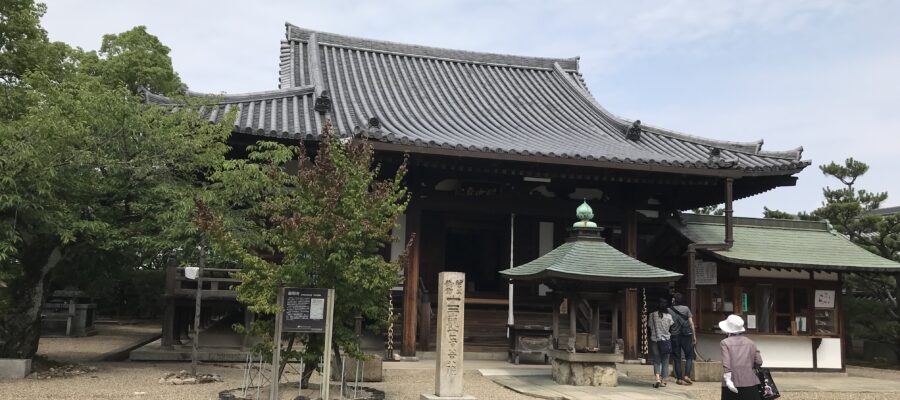道明寺合戦の記念碑
近鉄南大阪線沿線にて、地元企業向けの研修プログラムを実施するため、現地視察を行いました。歴史的な史跡を巡りましたが、駅に着いて早々、大坂夏の陣の合戦場であった記念碑が立っていました。
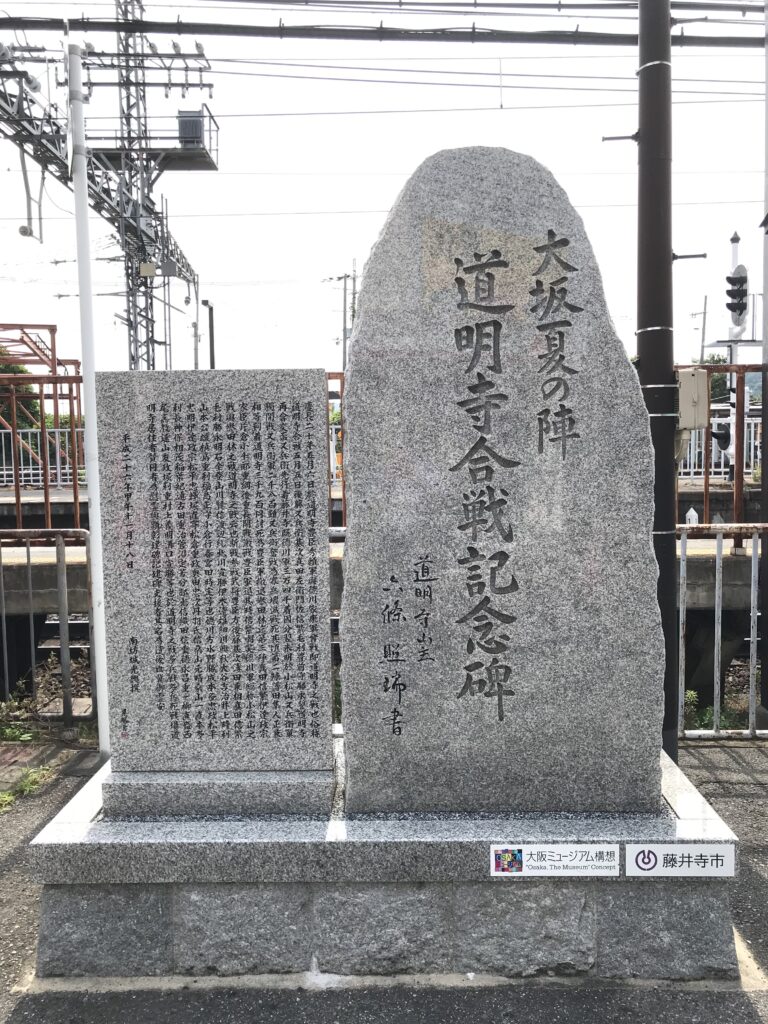
聖徳太子が建てた尼寺
駅から西へ200mほど歩くと、道明寺に到着します。道明寺の縁起によると、聖徳太子が、この地に尼僧の寺院を建立されるにあたり、土師氏が邸宅を寄進し、広大な境内に五重塔、金堂等をはじめとする七堂伽藍が建てられたそうです。
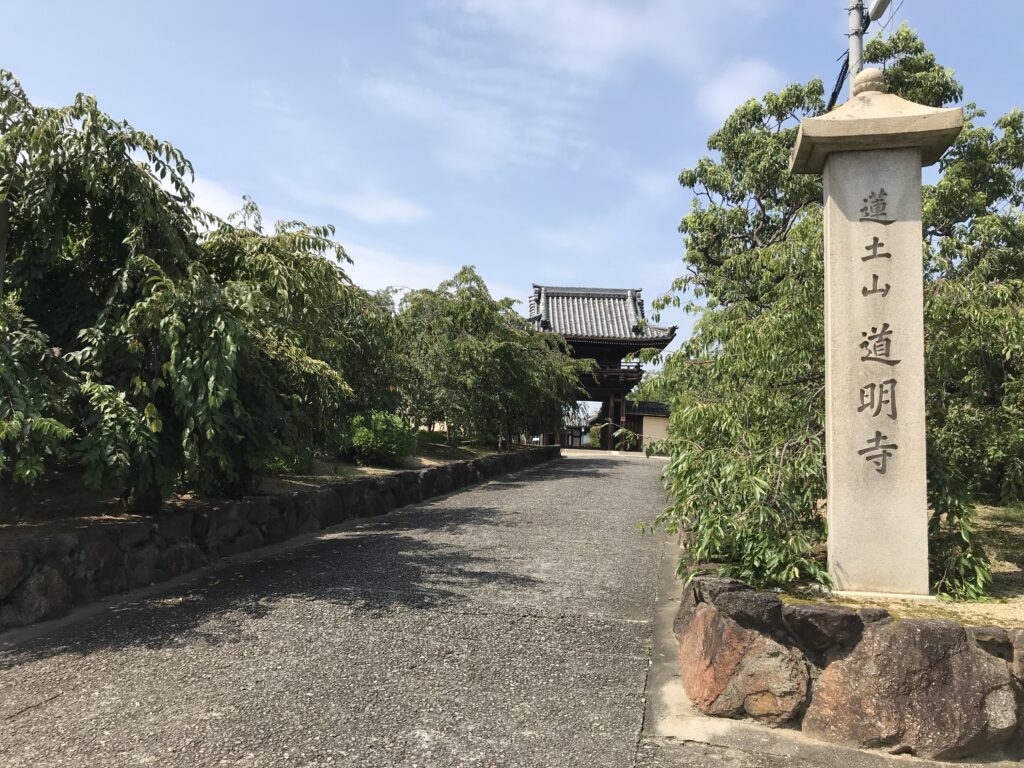
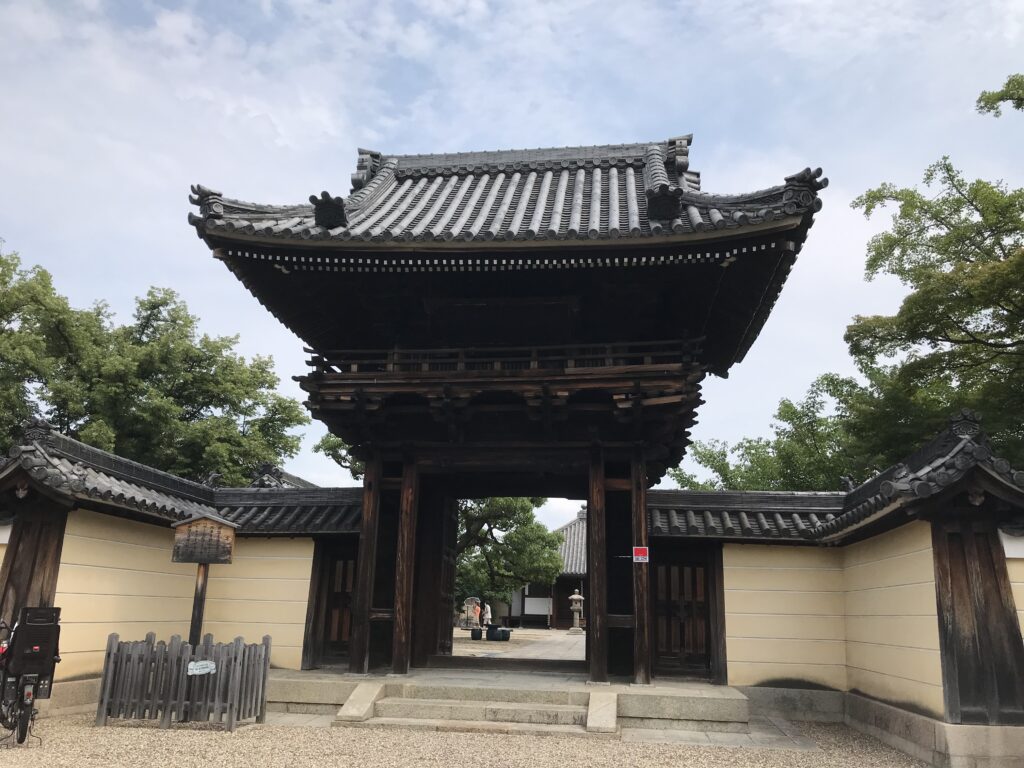
その後、土師氏の後裔である菅原道真によって、道明寺と呼び改められました。現在は堂宇の数も減り、小さなお寺になっています。今回は、こちらに安置されている御本尊の国宝の十一面観世音菩薩像を拝観しに来ました。
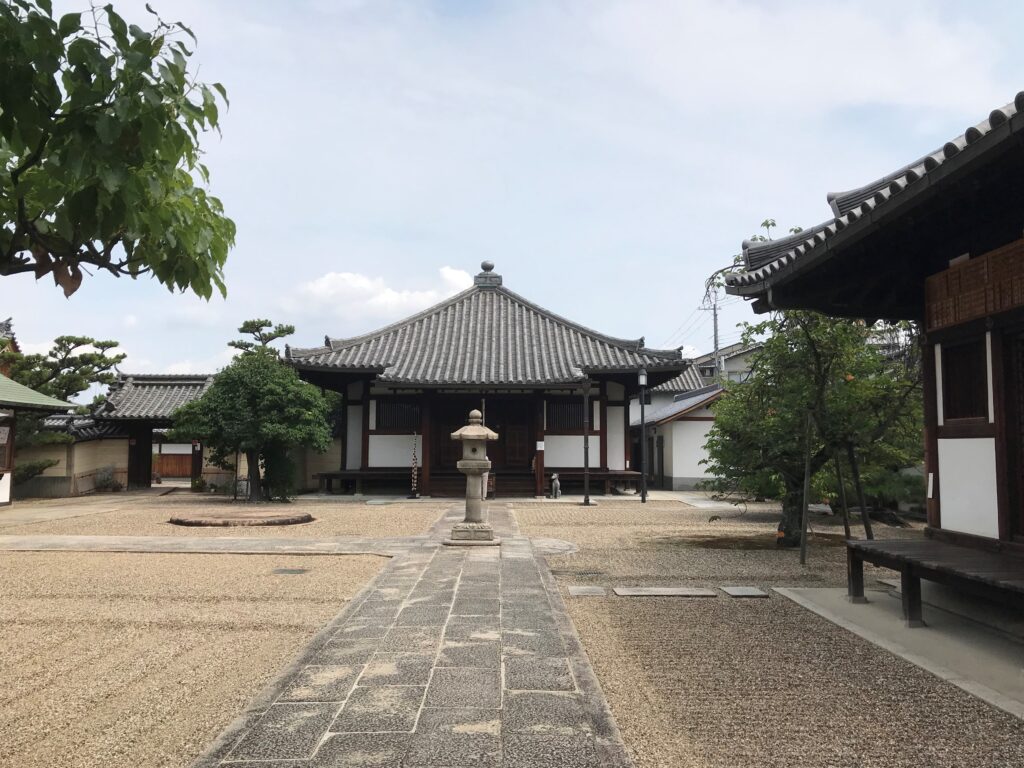
御開帳の十一面観音菩薩像を拝観
毎月18日と25日に御開帳されますので、その日に合わせて訪問しました。この観音菩薩像は、8世紀後半の作品と紹介されていました。一木造りの木像で、元々は彩色されていたと思うのですが、現在は左手に持つ花瓶や台座以外は、塗装が失われています。1200年以上前に造られていますが、細かな装飾などが現在にも伝わっています。
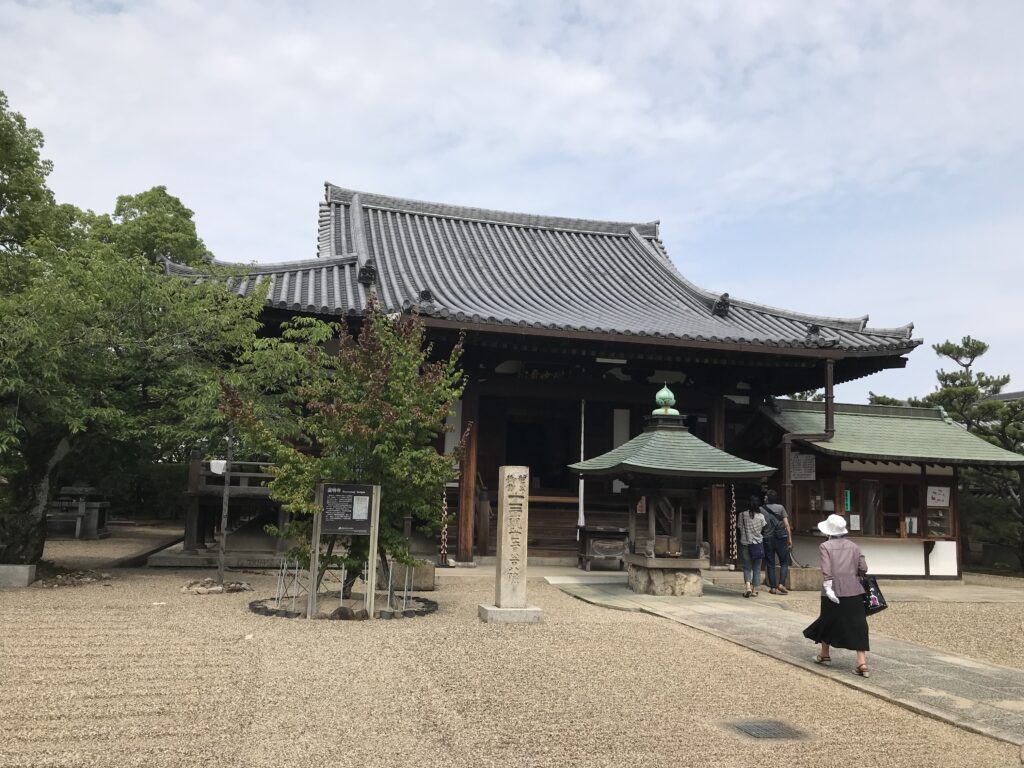
本堂の中でお参りしていたのは私一人でしたので、しっかりと観音像と相対してきました。じっくりとお顔を拝観していますと、目の中の瞳が、優しくこちらを見てくれているように感じます。観音様を見ることは多いのですが、見られていると意識するこが、たまにあります。ここの観音さまも、その一つです。見られると意識することで、観音さまの慈悲につつまれたようにも感じます。仏師の腕が良いのは、はたまた、観音さまの魂が宿っているのかはわかりませんが、国宝らしい仏像でした。(完)
道明寺の御朱印
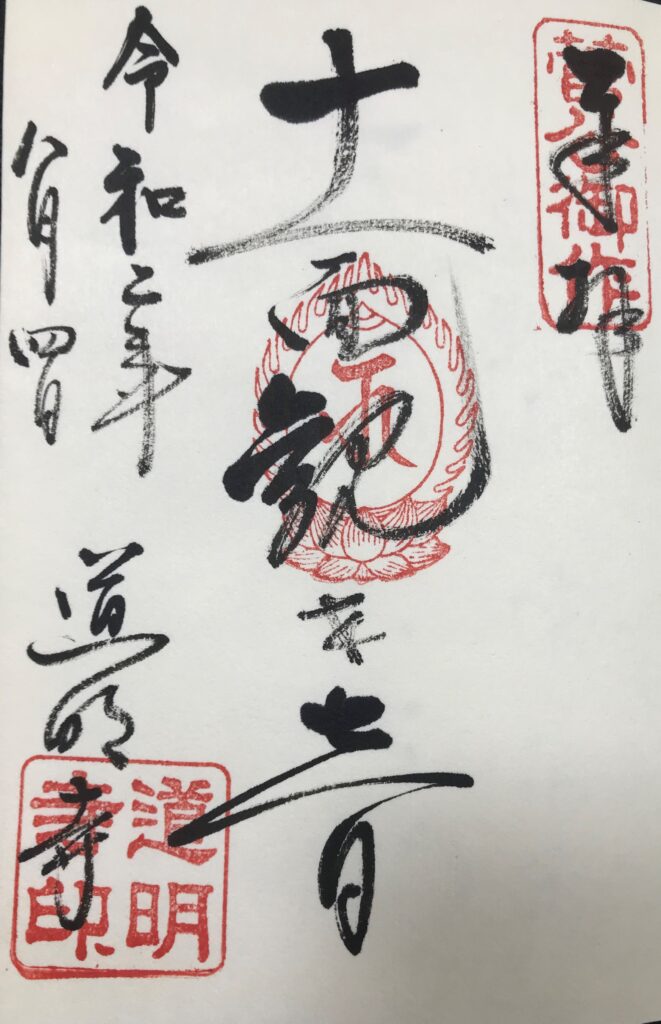
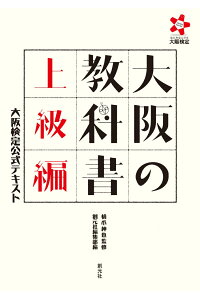
大阪の教科書 上級編 大阪検定公式テキスト [ 橋爪 紳也 ]
価格:2,090円
(2021/9/4 14:02時点)
感想(1件)
Doumyoji temple
I made a site visit to conduct a training program for local companies along the Kintetsu Minami-Osaka Line. I toured historical sites, and as soon as I arrived at the station, I saw a monument that was the site of the Osaka Summer Battle.
Walking about 200 meters west from the station, I arrived at Domyoji Temple. According to the legend of Domyoji Temple, when Prince Shotoku built a temple for nuns here, the Haji clan donated a mansion and built a seven- hall complex including a five-story pagoda, a kondo, and other buildings in the vast precincts of the temple.
Later, the temple was renamed Domyouji Temple by Sugawara Michizane, a descendant of the Haji clan. Today, the number of halls has been reduced and the temple is small. This time, I came to see the main statue of the eleven-faced Kannon (Goddess of Mercy), a national treasure enshrined here.
The main statue of the temple is open to public on the 18th and 25th of every month, so I visited on those days. This statue of Kannon was introduced as a work from the late 8th century. Although the statue was made more than 1200 years ago, its detailed decoration has been handed down to the present day.
I was the only visitor in the main hall, so I had a good look at the statue of Kannon. As I carefully looked at her face, I felt that the pupil in her eye was gently looking at me. I often look at Kannon, but sometimes I am aware that I am being watched. The Kannon here is one of them. By being aware that I am being watched, I feel as if I am enveloped by the mercy of the Avalokitesvara. I don’t know if it was the skill of the Buddhist sculptor or the spirit of Kannon that inhabited the statue, but it was a Buddha statue that is a national treasure. (End)

大阪名物 元祖たこ昌 お徳用袋入り たこ焼き 4袋セット (しょう油味・明石焼・ねぎたこ焼)AC-3#302
新品価格
¥4,800から
(2022/4/23 17:08時点)
Le temple Doumyoji
J’ai effectué une visite de site pour mener un programme de formation pour les entreprises locales le long de la ligne Kintetsu Minami-Osaka. J’ai visité des sites historiques, et dès que je suis arrivé à la gare, j’ai vu un monument qui était le site de la bataille d’été d’Osaka.
En marchant environ 200 mètres à l’ouest de la station, je suis arrivé au temple Domyoji. Selon la légende du temple Domyoji, lorsque le prince Shotoku a construit un temple pour les nonnes ici, le clan Haji a fait don d’un manoir et a construit un complexe de sept salles comprenant une pagode de cinq étages, un kondo et d’autres bâtiments dans la vaste enceinte du temple.
Plus tard, le temple a été rebaptisé temple Domyouji par Sugawara Michizane, un descendant du clan Haji. Aujourd’hui, le nombre de salles a été réduit et le temple est petit. Cette fois, je suis venu voir la statue principale de la Kannon à onze visages (déesse de la miséricorde), un trésor national qui y est enchâssé.
La statue principale du temple est ouverte au public les 18 et 25 de chaque mois, et j’ai donc visité ces jours-là. Cette statue de Kannon a été présentée comme une œuvre de la fin du 8e siècle. Bien que la statue ait été réalisée il y a plus de 1200 ans, sa décoration détaillée a été transmise jusqu’à nos jours.
J’étais le seul visiteur dans la salle principale, j’ai donc bien regardé la statue de Kannon. En regardant attentivement son visage, j’ai senti que la pupille de son œil me regardait doucement. Je regarde souvent Kannon, mais parfois j’ai conscience d’être observée. Le Kannon ici présent est l’un d’entre eux. En étant conscient d’être observé, j’ai l’impression d’être enveloppé par la miséricorde d’Avalokitesvara. Je ne sais pas si c’est le talent du sculpteur bouddhiste ou l’esprit de Kannon qui a habité la statue, mais c’est une statue de Bouddha qui est un trésor national. (Fin)
